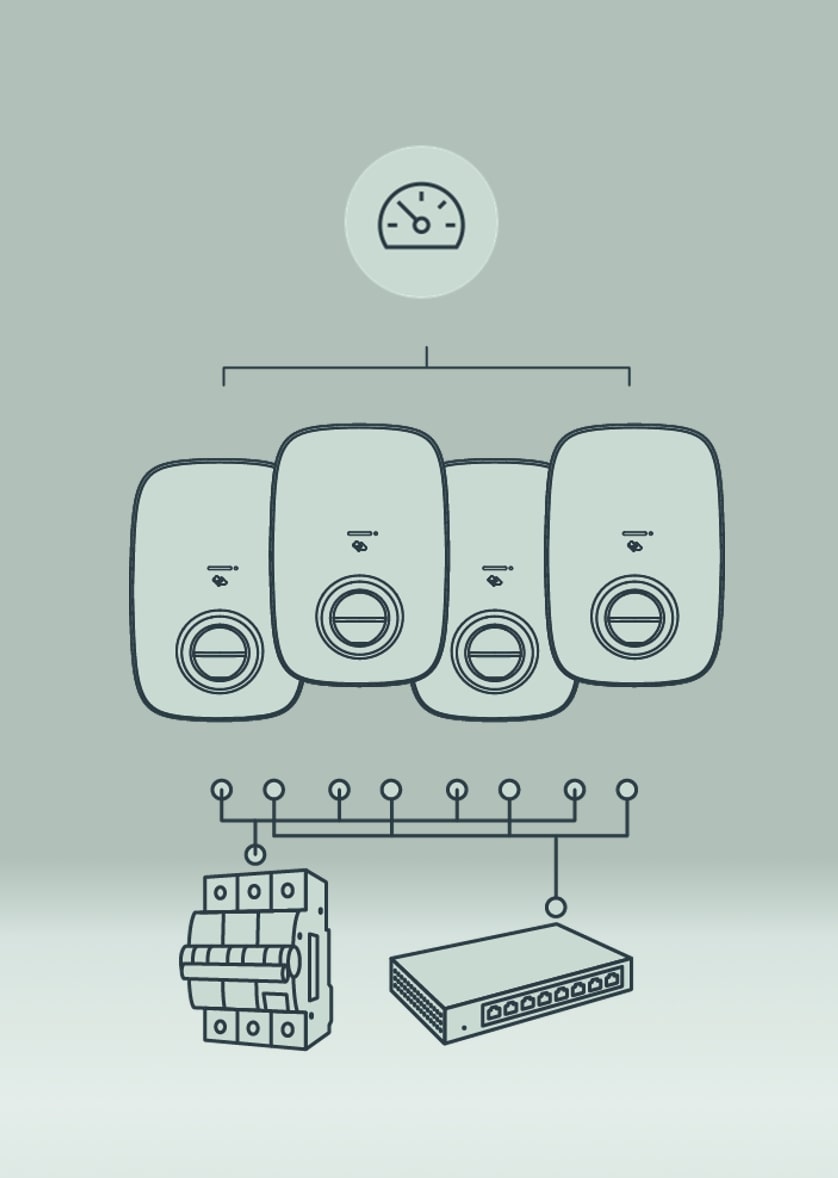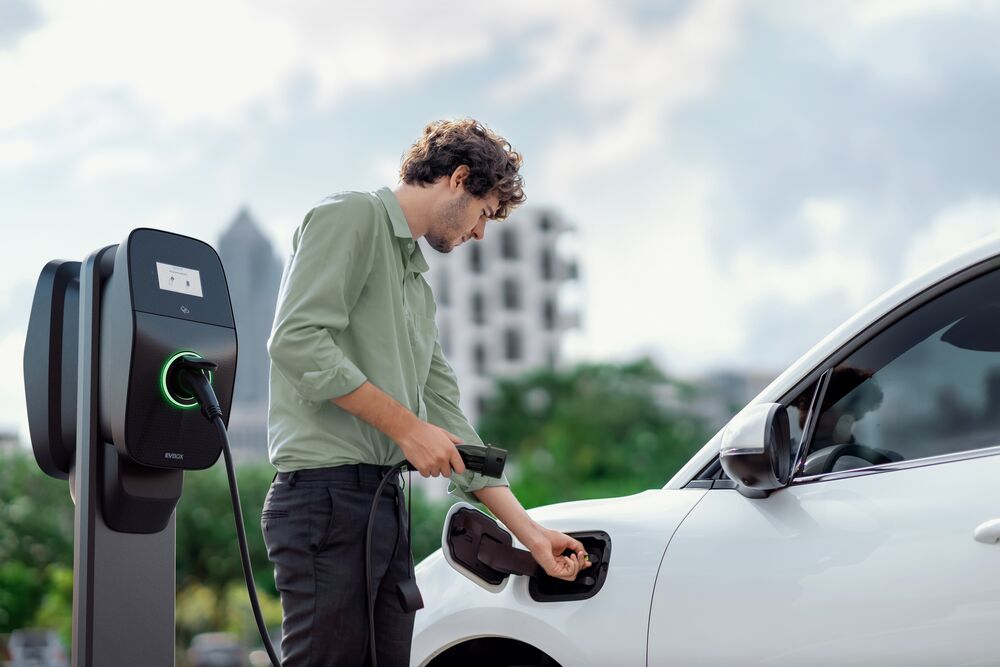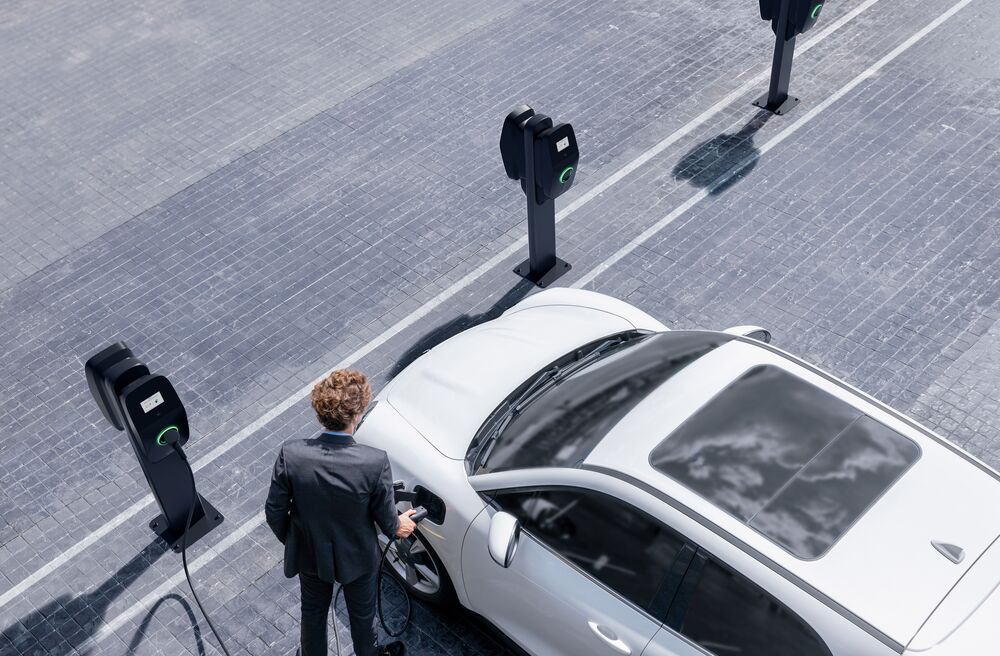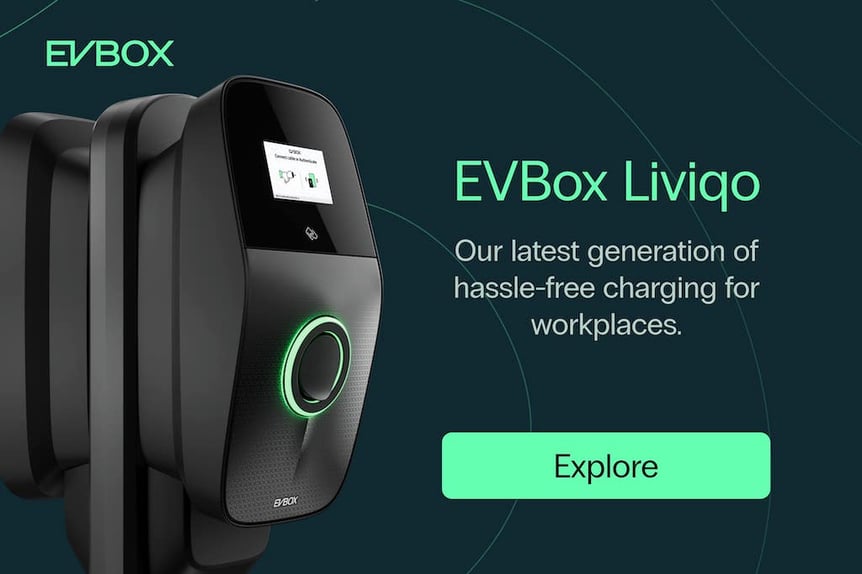
Electric vehicle (EV) charging stations can add a substantial load onto your building’s power supply, often requiring upgrades to your grid connection to prevent overloading it. But while upgrades are usually the first consideration, they may not always be the best solution (or even necessary at all).
EV charging load management can help maximize your location’s existing electricity connection by efficiently managing the amount of electricity used by your EV charging infrastructure. Cluster load balancing can help intelligently distribute the available capacity between EV charging stations.
By preventing unnecessary grid upgrades, load management helps reduce the cost of your EV charging infrastructure, optimizes energy use, and ensures a reliable driver experience.
Table of contents
- The often-overlooked impact on a location’s electricity supply
- Why EV charging load management matters
- How much power do you need for EV charging stations?
- What is cluster load balancing?
- Charging speed vs usage habits
- Efficiency and cost savings with smart load management
- Discover EV charging load management for your workplace
The often-overlooked impact on a location’s electricity supply
However you look at it, the demand for electric vehicles (EVs) – and charging infrastructure alongside it – is skyrocketing across the globe. EV sales have increased from just 3 million in 2020 to 10 million in 2022, while the number of EVs on the road has grown from 10 million in 2020 to over 26 million in 2022.
Many commercial locations, including workplaces, have noticed this opportunity and are tapping into EV charging infrastructure to boost employee satisfaction, help with talent acquisition and retention, and even generate revenue.
That said, an often-overlooked aspect when installing EV charging infrastructure is its impact on a location’s electricity supply. If not managed properly, the high loads from EV charging can overwhelm a building’s electrical circuit and cause a power cut.
Load management, specifically cluster load balancing, can help mitigate this impact by automatically allocating the available capacity between different EV charging stations, ensuring it never exceeds the building’s power supply.
While cluster load balancing can apply to both alternative current (AC) and direct current (DC) charging, DC charging stations tend to have a much higher power output, which usually requires an upgrade to the grid connection by default. So, this article will focus mainly on cluster load balancing for AC charging stations.
Why EV charging load management matters
For most of us, electricity supply and power loads are rarely something we think about – unless, of course, something goes wrong. But power is a key consideration for any EV charging infrastructure: depending on the model, a standard AC charging station draws anywhere from 7.4 to 22 kilowatts (kW) of power. That’s between 3 and 10 times as much as a traditional oven and 60 to 183 times as much as a typical LCD TV!
It's easy to see how, if not planned properly, the added loads from EV charging stations can overwhelm a location’s electricity supply and trip the breakers to cause a power outage. But this doesn’t necessarily mean that adding more power is the only (or best) solution.

How much power do you need for EV charging stations?
There is a common misconception that your location needs to have enough power capacity to supply all EV charging stations at the same time. But this can be a costly misconception that leads your organization to overinvest in expensive capacity upgrades that might not be needed.
Niklas Enkvist, Business Development Director at UTU Oy, debunks this misconception in in of our REVOLUTION Podcast episodes, saying,
"Customers ask, 'I want to have ten 11 kW charging stations, and they should be all accessible at full power at all times. So my grid connection should be able to deliver that amount of power.' This doesn't make sense, so we don't recommend anyone to do that."
In fact, Niklas goes on to mention that "research into EV charging station usage habits has shown that as little as 2 to 3 kW capacity per charging station is usually enough to meet typical demand at an apartment complex".
This means you don’t need 110kW available at all times for 10 11kW charging stations but only 20-30 kW.
This is quite the difference. But how does this work without cutting power from different stations?
The answer lies within load management, and specifically cluster load balancing. A smart charging feature that can help you distribute sufficient power to all your charging stations without having to deal with costly grid updates.

What is cluster load balancing?
Cluster load balancing is a type of EV load management that intelligently allocates the available power at a given location between EV charging stations. Let’s take the example discussed above to illustrate how it works.
Suppose you have 10 EV charging stations at your office, each of which can support a maximum of 11 kW of power. And let's say your building’s grid connection has a maximum capacity of 30 kW for charging.
Now, If only one or two EVs are charging at the same time, they will be able to use the maximum available 11 kW power from each station. As more cars plug in to charge, cluster load balancing helps allocate that 30 kW capacity, ensuring all EVs are able to charge without overloading the building’s circuit.

For instance, if 5 EVs are plugged in, cluster load balancing will allocate the capacity between them so they each charge using 6 kW of available power. And so on until all ten charging stations are full, at which point each car will have 3 kW of power available.
Charging speed vs usage habits
You might think that this doesn’t sound optimal, as with each additional EV plugged in, the power available to others is spread across more cars – and therefore, their charging speed decreases. The fact is that in most cases, charging speed tends to matter a lot less than you would think for AC charging.
To understand why, consider the typical usage of your office’s parking lot. Chances are, the majority of your employees work an 8-hour shift, during which their car stays parked. While charging speeds vary depending on the type of vehicle and its battery capacity, 8 hours is usually enough to charge the largest EVs, even at lower power outputs.
Not to mention that considering the average commuting distances in the US and Europe, your employees’ EV battery is highly unlikely to be empty when they plug in to charge at your location, reducing the need for a high power output even further.
As Linda Grave, Founder & CEO of EV Driver, puts it in one of our REVOLUTION podcast episodes,
“If everyone’s trying to charge exactly at the same time, you might need a certain amount of power, but if they plug in and don’t all charge at the same time, you can balance that power between those charging stations. Maybe you don’t need as much power as you think, and you can work your system using load balancing.”
Efficiency and cost savings with smart load management
Alongside other smart charging technologies, cluster load balancing is key in ensuring efficient, cost-effective workplace EV charging. By helping you make the most of your location’s existing electrical infrastructure, it can prevent unnecessary costly upgrades while safeguarding efficiency and offering an improved driver experience.
Discover EV charging load management for your workplace
With finite grid connections and a considerable load from EV charging on your building’s electrical infrastructure, load management is a key consideration for any workplace EV charging infrastructure. Cluster load balancing helps automatically allocate the available capacity between different EV charging stations, ensuring they don’t overload your location’s power supply and helping create a reliable and efficient EV charging network.
This was one of the reasons why our partner Unilever, decided to choose EVBox stations to electrify the parking lot of their new Foods Innovation Centre in the Netherlands Foods Innovation Centre in the Netherlands.
EVBox’s intelligent products allow us to easily manage our site's distribution of power and scale our charging network in the future.” – John van der Draaij, Site Operations Manager at Unilever.
If you’re looking to install EV charging stations at your workplace, consider how cluster load balancing solutions can help you make the most of your EV charging infrastructure while minimizing costly upgrades to your grid connection.
EVBox chargers, for instance, the EVBox Liviqo commercial AC charging station, support cluster load balancing with up to a hundred charging stations on a single connection.
Related articles

EV charging load management and the importance of cluster load balancing
Electric vehicle (EV) charging stations can add a substantial load onto your building’s power supply, often requiring...

How to install EV chargers at the workplace?
Regardless of the type or model of charger you choose (or how much one costs), installing EV charging stations is...

What do workplace EV chargers cost?
On average, AC workplace EV chargers tend to cost around €1,300 per charge port (excluding installation costs)....

